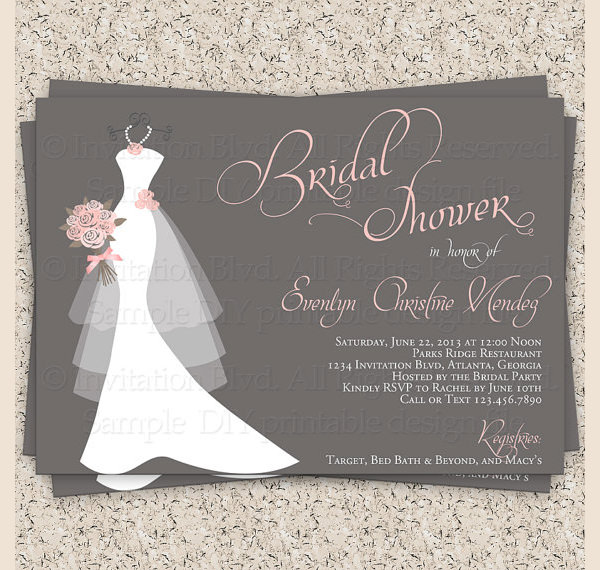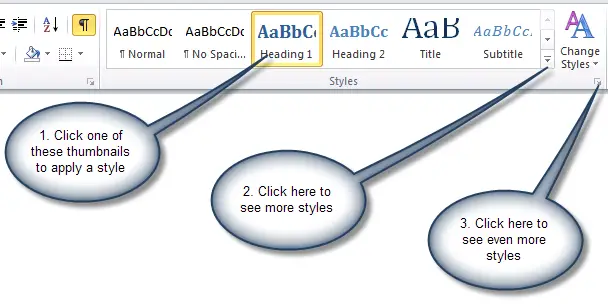- Change Header Font Ms Word Online
- Change Header Font Ms Word Download
- Change Header Font Ms Word Document
- How To Change Header Font In Word
A header will appear exactly the same on each page. If you make a change on one page, it will reflect on all of the pages. This is why you can't manually put in page numbers. To get to the header, double click at the top of the page. Make sure you change the font to Times New Roman size 12!
To add a header or footer to the entire document, follow these steps:
- In the Style Pane Options window that opens, open the “Select styles to show” drop-down, change it from “Recommended” to “All Styles,” and then hit “OK.” The Styles window will now show all nine heading levels. Right-click any of them and then choose “Modify” to start customizing the style.
- If any type of header is omitted for a given section, then the following rules shall apply. If no headerReference for the first page header is specified and the titlePg element is specified, then the first page header shall be inherited from the previous section or, if this is the first section in the document, a new blank header shall be created.
- Double-click on the header. In the Header & Footer Tools tab, in the Options section, check Different First Page. Once you check this option, the stuff you put in the header of the first page won't appear on other pages and conversely, if you change the header of any other page it won't affect the first page.
1. On the Insert tab, in the Header & Footer group,choose Header or Footer:

2. Choose the predefined header or footer from the gallery. Hover themouse pointer over a header to see a description:
Word inserts the header or footer, displays the header or footer area if the current view wasn'tdisplaying it, adds the Header & Footer tab: General drivers license application form jamaica.
3. Xshell tool. Complete any of the elements as needed or select one of theAutoTexts. Note that you can add more than one line of text. Format the text just like any othertext, and use the Tab key and spacebar or the alignment buttons on the Formattingtoolbar to position it.

4. To remove a content control, right-click it, and then chooseRemove Content Control from the context menu:
Note: To move from the header area to the footer area, on the Header & Footertab, in the Navigation group, choose Go To Footer or Go To Header. Alternatively,press ↓ (upper arrow) from the last line of the header or ↑ (down arrow) from the first lineof the footer:
5. When you've finished changing the header or footer, on theHeader & Footer tab, in the Close group, choose Close Header And Footer orpress either Esc or Alt+Shift+C. Word closes the header and footer area for editing,returning you to the main text of the document.
Note: You can also double-click in the main text to return to it from the header orfooter. Likewise, if you can see the header or footer area, you can double-click in it to switch to it.
Change Header Font Ms Word Online

To display and edit an existing header or footer quickly, double-click the dimmed header orfooter in Print Layout view. See alsoHow to create different headers and footers on odd and even pages.

See also this tip in French:Comment ajouter les en-têtes et les pieds de page dans votre document Word.
Page Content
Benefits of Using Word Heading Styles
Modifying “Styles” in a Word document is a good technique to use the formatting tools in Word, while creating more accessible content. Using Word Styles tools allows you to:
- to personalize and design your Word documents while using recommended styles such as Heading 1, Heading 2 and others.
- to easily create table of contents by finding and listing content based on styles
- to facilitate transition of content to other formats and preserve heading structure (e.g. export to a tagged PDF or to an InDesign template)
- to globally modify content by changing one Style setting. This includes modifications needed for a low vision student or a student with other reading/visual processing issues.
Modify Headings in Word 2013 (Windows)
Change Header Font Ms Word Download
Note: The instructions below are mainly based on Office 2013 for Windows. But, with very minor modifications, they can be used for Office 2016 for Mac and Office 2010 for Windows as well.
- Highlight the text and format using the Font tools in the ribbon. You may apply headings using Styles in the tool ribbon or using the Key commands Ctrl+Alt+1 (Windows)
- Open the Styles Pane. Windows Key commands: Alt+H,F,Y,F6.
- Then right click on the desired Heading style you wish that text to resemble and select “Update Heading to Match Selection.” This will modify all the headings for this document.
Word 2016 (Mac)
For Mac do the same after choosing headings from the Home tab
Online Office 365
Some tools can be accessed by expanding the Styles tab and clicking Apply Styles.
Change Header Font Ms Word Document
